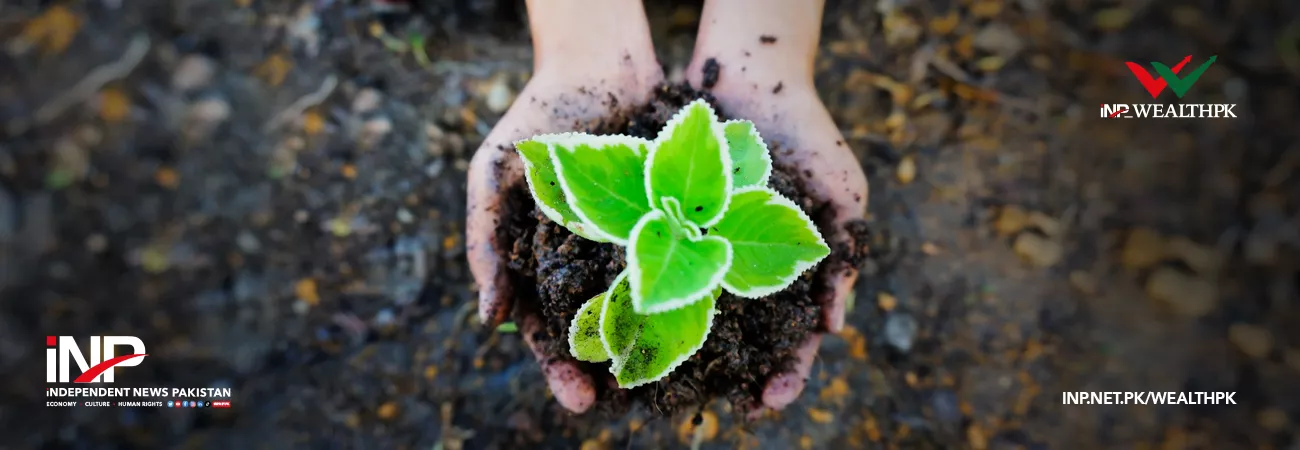INP-WealthPk
Arooj Zulfiqar
Intercropping is a viable solution to Pakistan's challenges in the agriculture sector, as it can improve soil health, increase yields, and enhance food security through diversification of crops, said an expert. “By adopting intercropping practices, Pakistan's farmers can optimise land use and contribute to sustainable agricultural development,” Dr Danish Ibrar, Senior Scientific Officer at National Agricultural Research Centre (NARC), said while talking to WealthPK. As Pakistan’s population continues to grow exponentially, the demand for food is also increasing.
“As of the latest estimates, our country has a population of over 220 million. Consequently, for a country with such a large population, there exists a critical need to increase agricultural production to meet local demands, as well as increase exports to boost foreign exchange reserves,” he said. Dr Danish pointed out that in agriculture (agriculture technologies, government farm policies, modern crop varieties, and research efforts), the majority of concerns are focused on single crop production. “With time, farmers are trying to adopt new farming methods to enhance the output of their crops rather than sticking to monoculture farming. Intercropping is an important agronomic strategy that involves growing two or more crops on the same piece of land,” he explained.
Dr Danish said that in view of decreasing arable land due to urbanisation in the foreseeable future, the intercropping technique has tremendous potential to ensure food security for the increasing population, especially under the present scenario of climate change. “Especially the countries like Pakistan need intercropping because it is a challenge to provide food to the growing population. Intercropping ensures food security and helps farmers earn a reasonable income,” he added. He said successful maize-soybean strip intercropping technology trials have been continuously conducted in Sindh and Punjab provinces since 2018.
Dr Danish informed that Pakistan's maize-soybean strip intercropping demonstration area has reached over 400 acres this autumn (2022), nearly 2.67 times the last autumn (2021). Soybean is considered a miracle crop because of its high protein contents, edible oil, essential amino acids, minerals and vitamins. “To increase output and decrease reliance on imports, Pakistan needs to prioritise soybean intercropping lines,” the expert said.
Recently, the National Research Centre of Intercropping (NRCI) at The Islamia University of Bahawalpur did the intercropping of wheat with sugarcane. In Pakistan, sugarcane is planted on 3.1 million acres of land. If half of this area is used for intercropping, Pakistan can expect an average return of 70% of total production. Furthermore, as the sugarcane plant begins to grow after 120 days, if farmers use this land of sugarcane and get 25 mounds of wheat per acre during this period, it would massively cut Pakistan’s import bill.
Credit: Independent News Pakistan-WealthPk




